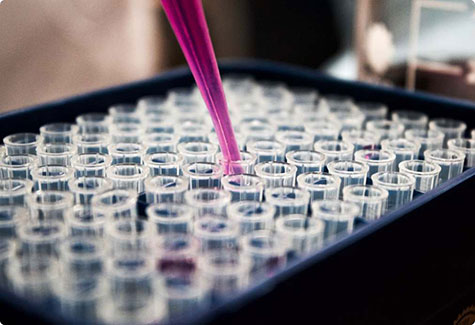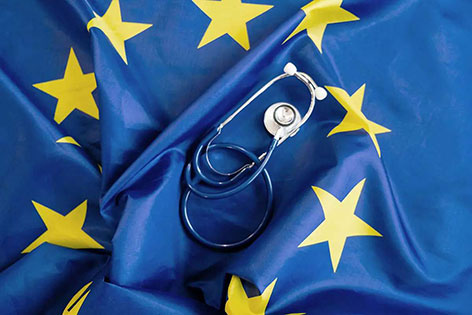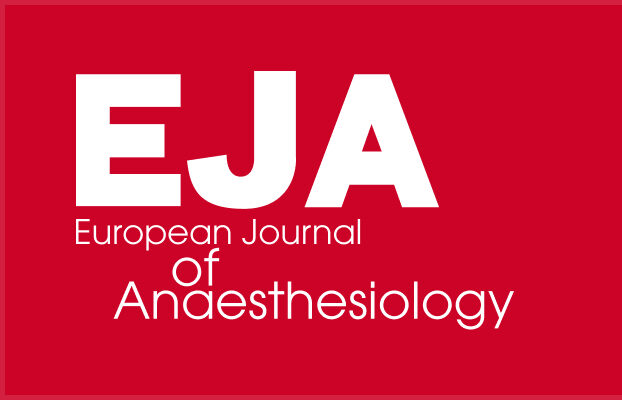APRICOT
Publication : Incidence of severe critical events in paediatric anaesthesia (APRICOT): a prospective multicentre observational study in 261 hospitals in Europe
Prof Walid Habre, MD; Nicola Disma, MD; Katalin Virag, MSc; Karin Becke, MD; Tom G Hansen, MD; Martin Jöhr, MD; et al. Published:March 28, 2017DOI:https://doi.org/10.1016/S2213-2600(17)30116-9
Study selected by ESAIC Research Committee: February 2013
Study protocol v1.3: 16 July 2014
Call for Centres: 01 June 2013 to 28 February 2014
Study CRF v1.4: 28 March 2014
Study eCRF v1.1: 28 March 2014
Recruitment of patients: April 2014 – December 2014
Data Cleaning: November 2014 to March 2016
Data analysis: April-May 2016
Manuscript writing: June-July 2016
Paper Submission: August 2016
Paper Publication: End 2016
The aims of the APRICOT study are:
- To establish the incidence of severe critical events in children undergoing anaesthesia in Europe.
- To describe the differences in paediatric anaesthesia practise throughout Europe.
- To study the potential impact of this variability on the occurrence of severe critical events (e.g.: laryngospasm, bronchospasm, aspiration, anaphylaxis, cardiovascular instability, neurological damage and cardiac arrest…).
List of Chief investigator and Steering Committee members
| Walid HABRE (Chief Investigator) | Geneva University Children’s Hospital Department APSI Rue Willy Donzé, 6 CH-1205, Geneva, Switzerland |
| Karin BECKE | Cnopf’sche Kinderklinik/Klinik Hallerwiese Abteilung für Anästhesie und Intensivmedizin St. Johannis-Mühlgasse, 19 DE-90419 Nürnberg, Germany |
| Krisztina BODA (Study Statistician) | University of Szeged Department of Medical Physics and Informatics Korányi fasor, 9 HU-6726 Szeged, Hungary |
| Nicola DISMA | Instituto Giannina Gaslini Department of Pediatric Anesthesia Via G Gaslini, 5 IT-6100 Genoa, Italy |
| Tom HANSEN | Odense University Hospital Department of Anaesthesia and Intensive Care Sdr. Boulevard 29 DK-5000 Odense, Denmark |
| Martin JÖHR | Anästhesie Kinderspital Institut für Anästhesie, Chir. Intensivmedizin, Rettungsmedizin und Schmerztherapie (IFAIRS) Luzerner Kantonsspital Spitalstrasse |
| Francis VEYCKEMANS (co-Chief Investigator) | Cliniques Universitaires St Luc Department Anaesthesiology Avenue Hippocrate, 10-1821 BE-1200 Brussels, Belgium |
| Neil MORTON | Royal Hospital For Sick Children Department of Anaesthesia Glasgow, G3 8SJ, United Kingdom |
| Ehrenfried SCHINDLER | Asklepios Klinik Sankt Augustin GmbH Department of Paediatric Anaesthesia Arnold-Janssen-Straße 29 DE-53757 Sankt Augustin, Germany |
| Elly VERMEULEN | Maastricht University Medical Center MUMC Department of Anaesthesiology P. De Byelaan 25 NL-6202 AZ Maastricht, The Netherlands |
| Marzena ZIELINSKA | Clinical University Hospital Department of Anaesthesiology and Intensive Care Borowska 213 PL-50-556 Wroclaw, Poland |
Sponsor:
The study is sponsored by a grant of the European Society of Anaesthesiology Clinical Trial Network (ESAIC CTN).
Contact email for more info => research@esaic.org
Would you like to get a quick overview of the study?
Download the study flier to discover the Medical Problem, the study Objectives, the study Parameters and Design as well as the Inclusion & Exclusion Criteria and the process to get involved.






